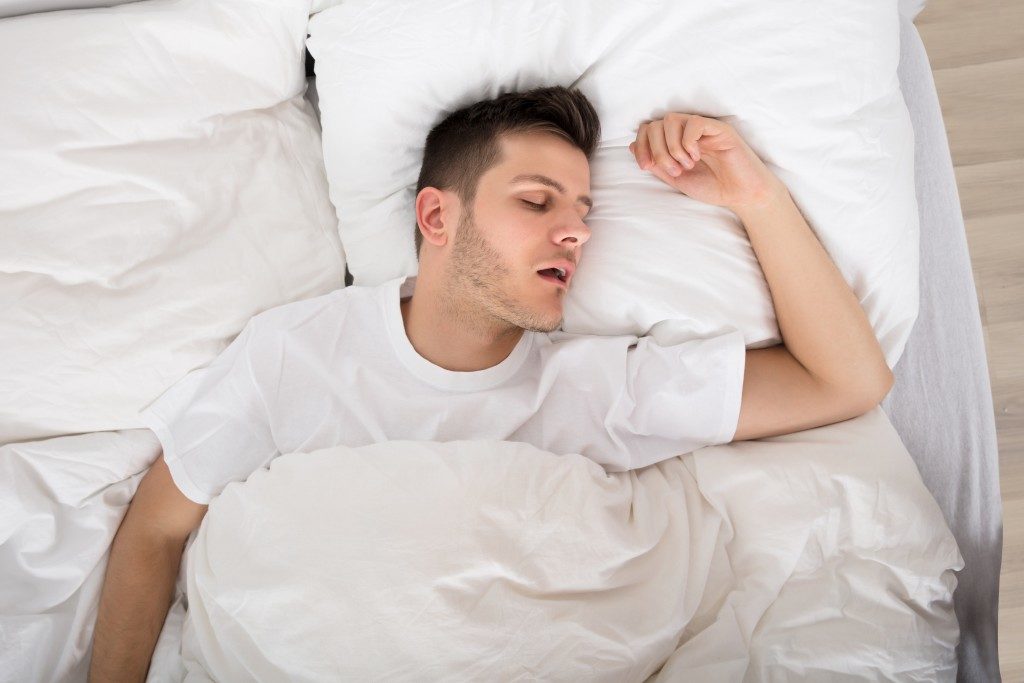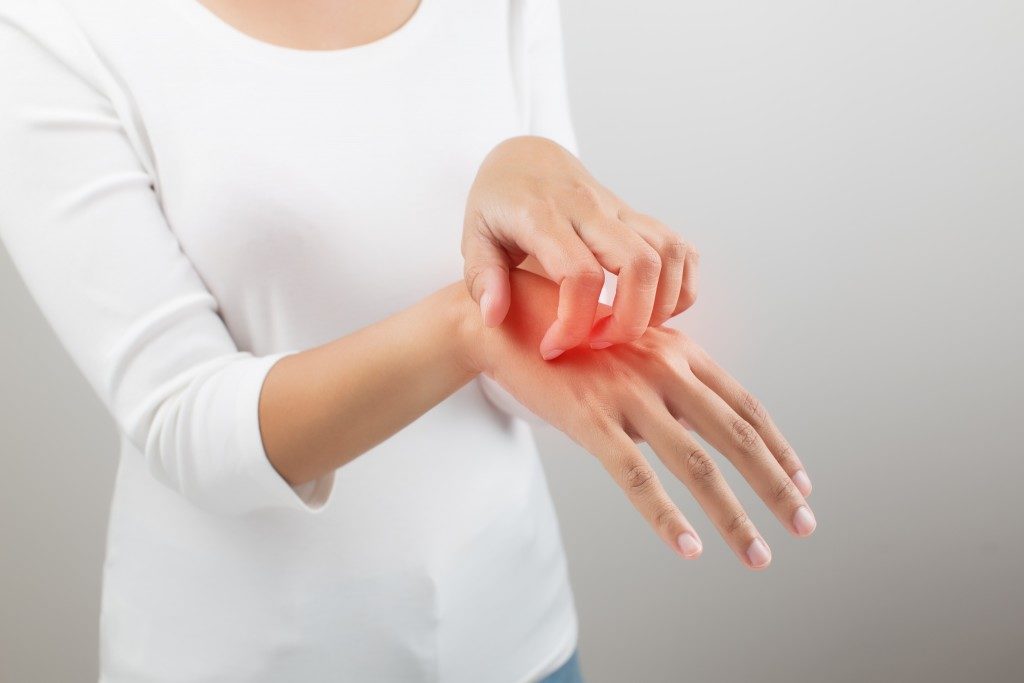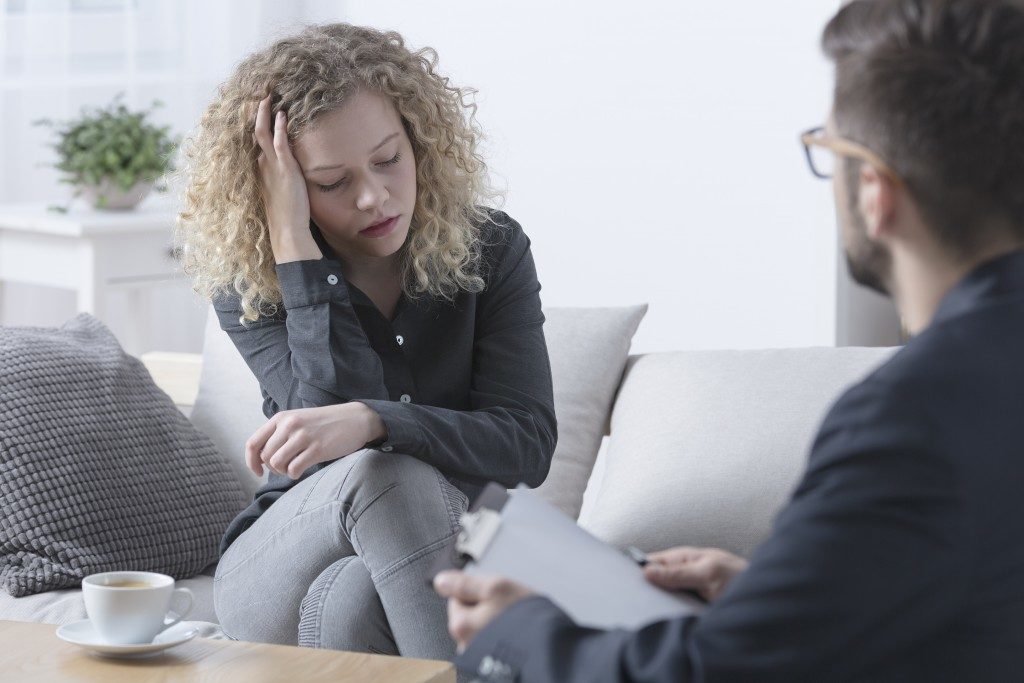Do you feel strangely tired even after sleeping for many hours at night? Are you a loud snorer? Chances are that you suffer from sleep apnea.
This sleep disorder is mainly characterized by breathing that stops involuntarily while sleeping. Typically, air flows easily from your mouth and into your nose and lungs all the time. But if you have sleep apnea, this seamless airflow will stop repeatedly during sleep.
Left untreated, sleep apnea could increase your risk of developing serious health issues, such as heart disease, hypertension, diabetes, and stroke.

Types and Causes
Sleep apnea comes in types, with obstructive sleep apnea being the most common. This usually occurs in overweight and older individuals. The following are the three kinds of sleep apnea.
- Obstructive Sleep Apnea – In this kind of sleep apnea, the airway is floppy, constricted, or narrowed.
- Central Sleep Apnea – The airway is not blocked, but the brain is not sending signals for the respiratory system to breathe as expected.
- Mixed Sleep Apnea – Basically, it is a combination central and obstructive sleep apnea.
Warning Signs
Because sleep apnea causes a reduced supply of oxygen to the brain and all the other body parts, sleeping issues are common. This, in turn, causes lack of concentration and daytime drowsiness. Individuals with sleep apnea might also experience drowsiness, grumpiness, headaches that come and go, and forgetfulness.
Other more serious symptoms include depression, hyperactivity in kids, poor performance at work or school, leg swelling or edema, and loss of sexual interest. It is very vital to note that drowsiness could place individuals at risk for various accidents, such as car crashes when driving, as well as slip and falls.

Treatment
Once an experienced doctor in your local voice clinic in Colorado has given you a diagnosis of sleep apnea, the main treatment goal would be to ensure that your airflow would not be blocked while you sleep. This can be achieved through a combination of the following.
- For mild cases, OTC nasal decongestants may help ease snoring.
- In some cases, weight loss also offers significant relief from sleep apnea symptoms.
- Continuous positive airway pressure is the most recommended treatment for OSA. This is administered via a mask that should be worn while sleeping.
- Bi-level positive airway pressure therapy is sometimes used when CPAP therapy does not work.
- Position therapy is utilized for teaching individuals with sleep apnea the proper sleeping positions that will not aggravate their symptoms.
- Surgical procedures such as uvulopalatopharyngoplasty or tracheostomy may be needed for more severe cases of sleep apnea. In children, the American Academy of Pediatrics recommends the removal of the enlarged adenoids and tonsils as the most effective treatment.
Early diagnosis and the right treatment plan are vital to avoiding complications. Speak to your doctor if you are experiencing daytime drowsiness and having sleep issues. As you can see from above, sleep apnea can be treated in many ways, and an experienced doctor will be able to customize a treatment plan that will fit your lifestyle and specific circumstances perfectly.



